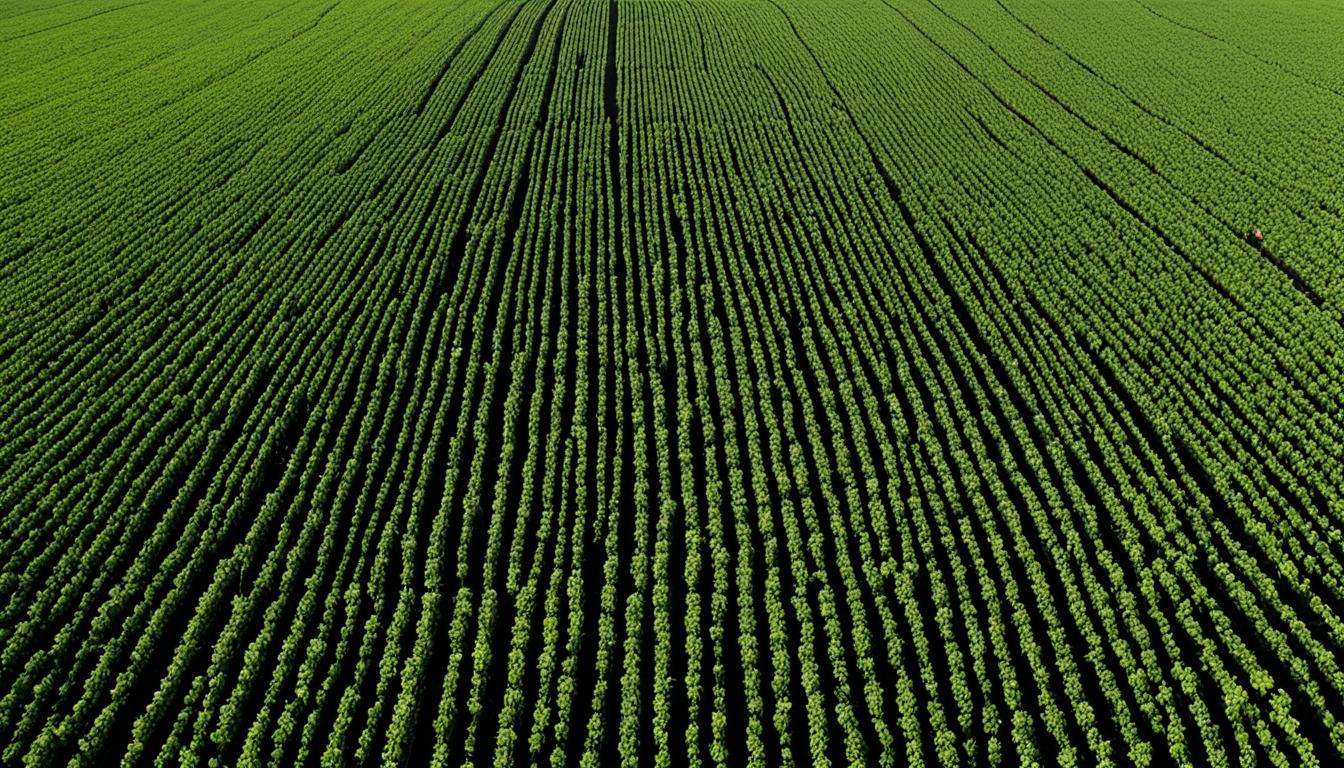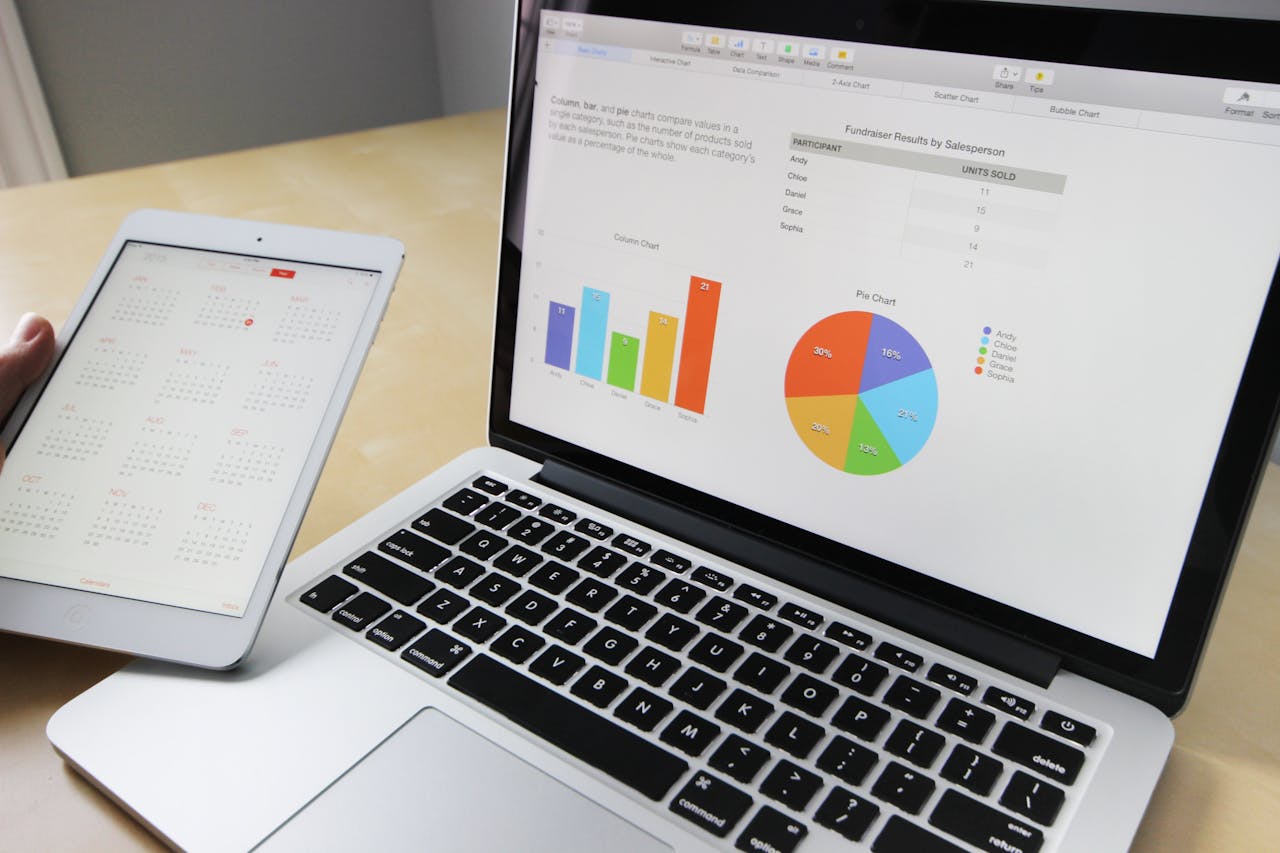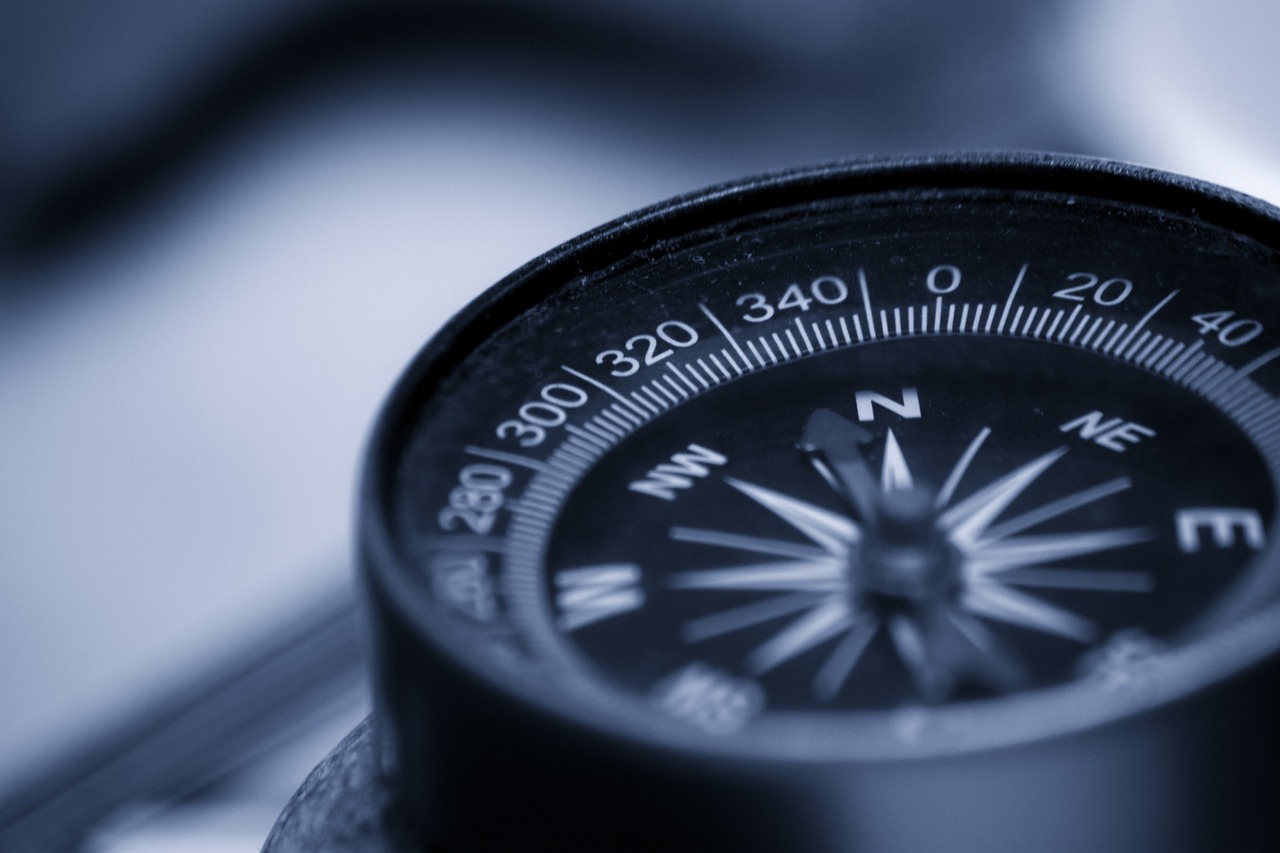Precision farming technologies have revolutionized the way modern agriculture practices are implemented, leading to more sustainable and eco-friendly farming methods. By integrating advanced technologies and data-driven decision support systems, farmers can maximize efficiency, conserve resources, and optimize crop production while minimizing environmental impact.
With the goal of achieving sustainable agriculture, precision farming technologies utilize cutting-edge tools and techniques to observe, measure, and respond to crop variabilities. This approach allows farmers to adopt practices that prioritize accuracy, enhance productivity, and minimize waste.
Key Takeaways:
- Precision farming technologies improve efficiency and productivity in agriculture.
- By incorporating advanced tools, farmers can maximize profits while minimizing resource use.
- Precision agriculture promotes eco-friendly farming methods and sustainable farming practices.
- Accurate placement of inputs, optimized input applications, and crop monitoring contribute to sustainable crop production.
- Precision farming technologies play a vital role in conserving soil, water, and other resources.
Integrating Guidance Systems for Accurate and Efficient Farming Operations
Guidance systems play a crucial role in precision agriculture technology, ensuring accurate and efficient farming operations. These systems help reduce overlap, optimize input placement, and preserve conservation structures within the field.
“Guidance systems are a game-changer in precision agriculture. They provide real-time guidance to farmers, allowing them to precisely navigate their vehicles and equipment, resulting in accurate placement of inputs and minimizing wastage.”
There are two types of guidance systems commonly used in precision agriculture: lightbar/visual guidance and auto-guidance. Lightbar/visual guidance relies on visual cues and GPS positional information to guide farmers in the field, while auto-guidance allows for automatic steering decisions.
By integrating guidance systems into their farming practices, farmers can optimize their operations, minimize input waste, and improve overall efficiency. These systems enable accurate and precise placement of inputs, ensuring that fertilizers, pesticides, and seeds are applied exactly where they are needed. This not only reduces the risk of over-application but also helps maximize crop yields.
Furthermore, guidance systems help preserve conservation structures in the field. By avoiding unnecessary overlaps and minimizing the impact on environmentally sensitive areas, farmers can ensure the sustainability of their farming practices and protect the natural resources.
To visualize the benefits of integrating guidance systems in precision agriculture, refer to the table below:
| Benefits of Guidance Systems in Precision Agriculture |
|---|
| Accurate placement of inputs |
| Reduction in input waste |
| Optimized farming operations |
| Preservation of conservation structures |
With the help of guidance systems, farmers can take full advantage of precision agriculture technology, ensuring that every input is applied with accuracy and precision. This integration promotes sustainable farming practices, enhances productivity, and contributes to the conservation of resources.
Implementing guidance systems is a significant step toward achieving accurate and efficient farming operations. The next section will explore another essential precision farming technology: Variable Rate Technology (VRT).
Variable Rate Technology: Optimizing Input Applications for Sustainable Crop Production
Variable rate technology (VRT) is a fundamental component of precision farming that allows farmers to apply inputs, such as fertilizers, pesticides, and seeds, at varying rates based on the specific needs of their fields. By utilizing VRT, farmers can achieve accurate metering and placement of inputs, leading to efficient and sustainable crop production practices.
VRT encompasses a range of machinery, systems, sensors, controllers, and agricultural equipment that facilitate the application of inputs at variable rates. Through the precise adjustment of input application rates, farmers can maximize crop yields while minimizing input wastage. This technology ensures that crops receive the required amount of nutrients, offering a targeted approach that promotes sustainable farming methods.
By implementing VRT, farmers can take advantage of its benefits, such as:
- Optimized nutrient delivery: VRT allows farmers to tailor the application of fertilizers to specific areas of the field, ensuring crops receive the appropriate nutrients in the right amounts. This precision enhances crop health and minimizes excess nutrient runoff, contributing to sustainable soil management.
- Precise pest control: With VRT, farmers can apply pesticides only where they are needed, reducing the overall use of chemical inputs and minimizing their impact on the environment. This targeted control helps prevent pest resistance and promotes eco-friendly pest management practices.
- Improved seed distribution: VRT enables farmers to sow seeds at variable rates, ensuring an even distribution across the field. This precision planting optimizes crop establishment, leading to better uniformity and increased productivity.
Overall, variable rate technology plays a crucial role in sustainable crop production by optimizing input applications. By using VRT, farmers can achieve accurate metering of inputs, minimize wastage, and promote environmentally friendly farming practices.

| Benefits of Variable Rate Technology | Impact |
|---|---|
| Optimized nutrient delivery | Enhanced crop health, minimized nutrient runoff |
| Precise pest control | Reduced chemical use, minimized environmental impact |
| Improved seed distribution | Better crop establishment, increased productivity |
Leveraging Crop Sensors and Remote Sensing for Accurate Crop Monitoring
In precision agriculture, crop sensors and remote sensing technologies play a crucial role in providing accurate crop monitoring data. These advanced tools employ active LED light sources to measure crop health indicators, such as NDVI (Normalized Difference Vegetative Index) and biomass measurements.
By utilizing crop sensors and remote sensing, farmers can gather precise information about the health and growth of their crops. This data enables them to make informed decisions regarding variable-rate nutrient applications, as well as optimize the use of plant growth regulators and defoliants.
Moreover, the accurate timing and placement of inputs are essential for achieving optimal crop yields and resource utilization. Crop sensors and remote sensing technologies contribute to this accuracy, ensuring that inputs are delivered at the right time and in the right amounts, leading to improved crop performance.
Additionally, these technologies also play a significant role in the conservation of structures within the field. By providing real-time data on crop conditions, they help farmers identify areas that might require special attention, allowing them to implement conservation measures accordingly.

Overall, leveraging crop sensors and remote sensing in precision agriculture enhances crop monitoring accuracy, facilitates optimal input timing and placement, and promotes the preservation of conservation structures within the field.
Conclusion
Precision farming technologies offer a multitude of benefits for sustainable agriculture practices. By integrating these innovative technologies, farmers can enhance efficiency, conserve vital resources, and promote eco-friendly agricultural methods. The adoption of precision farming technologies, such as guidance systems, variable rate technology, crop sensors, and remote sensing, revolutionizes farming practices by enabling accurate input placement, optimizing input applications, and improving crop monitoring.
Through the implementation of precision farming technologies, farmers contribute to the promotion of sustainable farming methods, organic farming practices, regenerative farming, soil conservation, and effective water management in agriculture. These technologies empower farmers to become better stewards of the land, fostering a more sustainable and productive future for agriculture.
As we strive to address the challenges of feeding a growing global population while preserving our environment, it is crucial for farmers to explore and embrace the potential of precision farming technologies. By harnessing these tools, we can pave the way towards a more sustainable agricultural sector that ensures food security while safeguarding our natural resources for generations to come.
FAQ
What is precision farming?
Precision farming, also known as precision agriculture, is an innovative farming management concept that utilizes advanced technologies to observe, measure, and respond to crop variabilities. This approach combines accuracy and enhancement tools to create a decision support system that maximizes profits and minimizes resource use.
What are some examples of precision farming technologies?
Some examples of precision farming technologies include guidance systems, variable rate technology, automatic section control, crop sensors/remote sensing, and yield monitoring/mapping.
How do guidance systems contribute to precision agriculture?
Guidance systems help reduce overlap, ensure accurate placement of inputs, and preserve conservation structures. There are two types of guidance systems: lightbar/visual guidance and auto-guidance.
What is variable rate technology (VRT) and how does it benefit sustainable crop production?
Variable rate technology enables farmers to apply inputs, such as fertilizers, pesticides, and seeds, at different rates based on specific field needs. VRT ensures accurate metering and placement of inputs, as well as preservation of conservation structures. By implementing VRT, farmers can maximize crop yields, minimize input waste, and promote sustainable crop production practices.
What role do crop sensors and remote sensing technologies play in precision agriculture?
Crop sensors and remote sensing technologies provide accurate crop monitoring data, allowing for variable-rate nutrient applications and optimized use of plant growth regulators and defoliants. These technologies contribute to accurate timing and placement of inputs and help preserve conservation structures within the field.
Source Links
- https://fabe.osu.edu/programs/precisionag/precisionagriculturetechnology
- https://www.ers.usda.gov/amber-waves/2016/december/precision-agriculture-technologies-and-factors-affecting-their-adoption/
- https://eos.com/blog/precision-agriculture/
- Regulatory and Compliance: Pioneering the Future of Saudi Arabia’s Dedicated Cargo Airline - December 21, 2024
- Financial Strategies: Fueling the Growth of Saudi Arabia’s Dedicated Cargo Airline - December 20, 2024
- Operational Excellence: Ensuring Competitive Edge for Saudi Arabia’s Dedicated Cargo Airline - December 19, 2024






